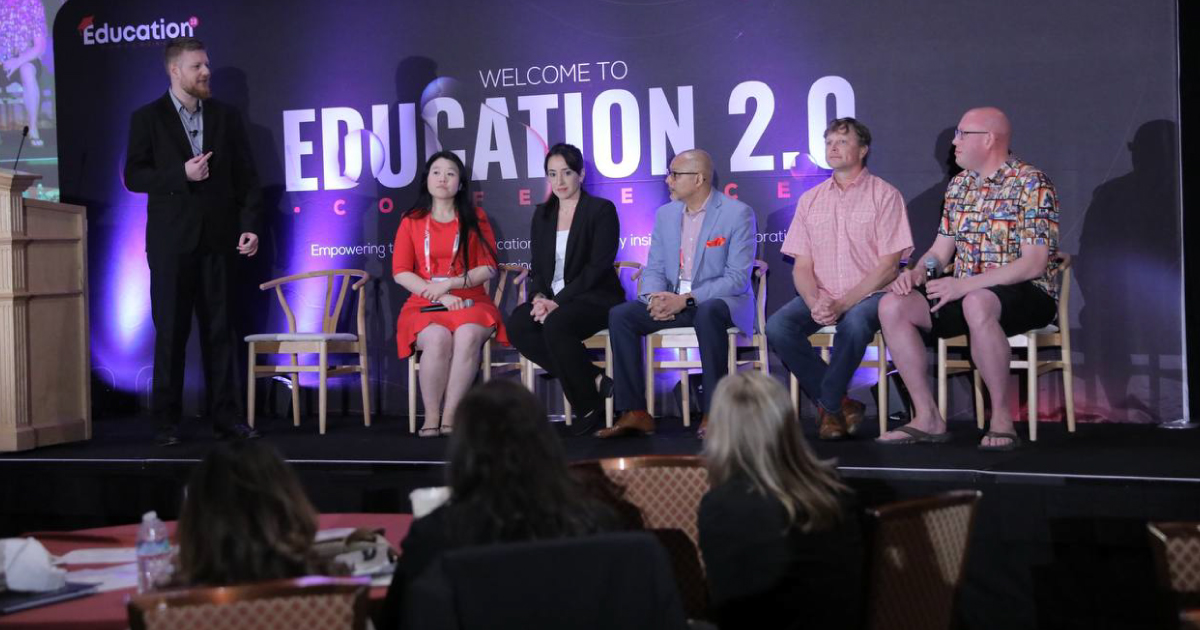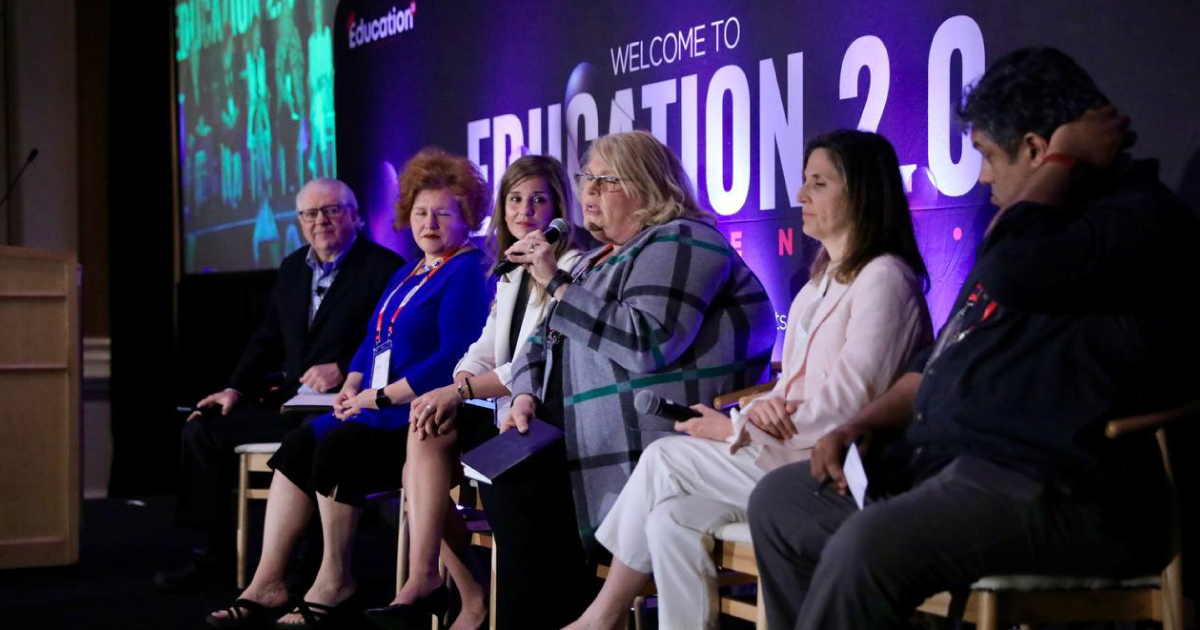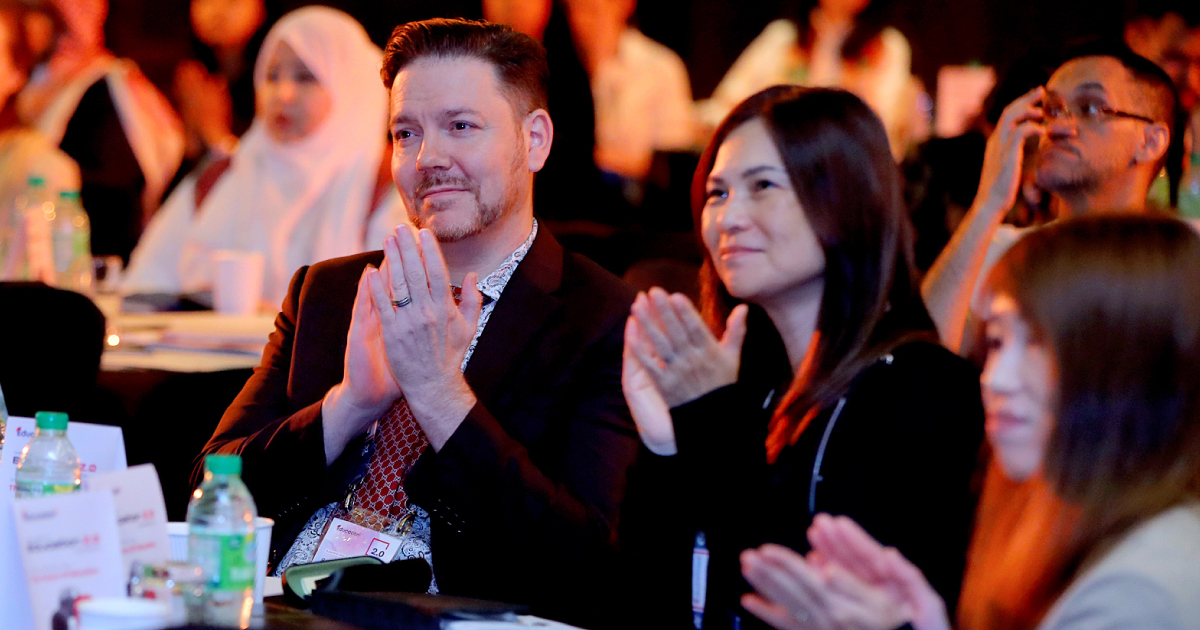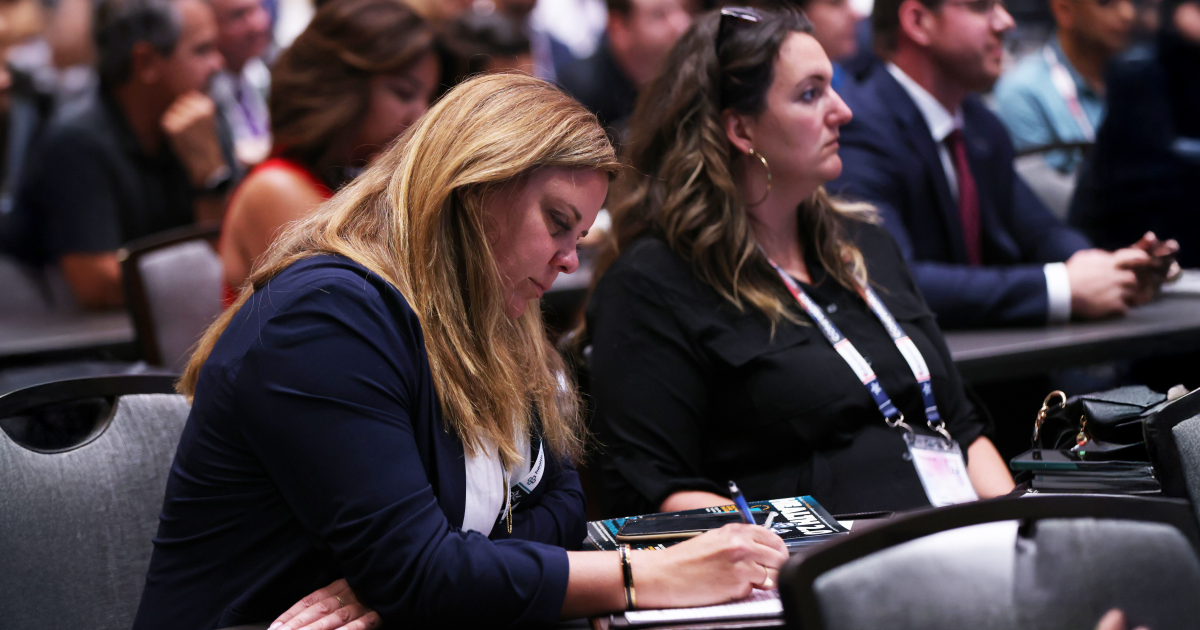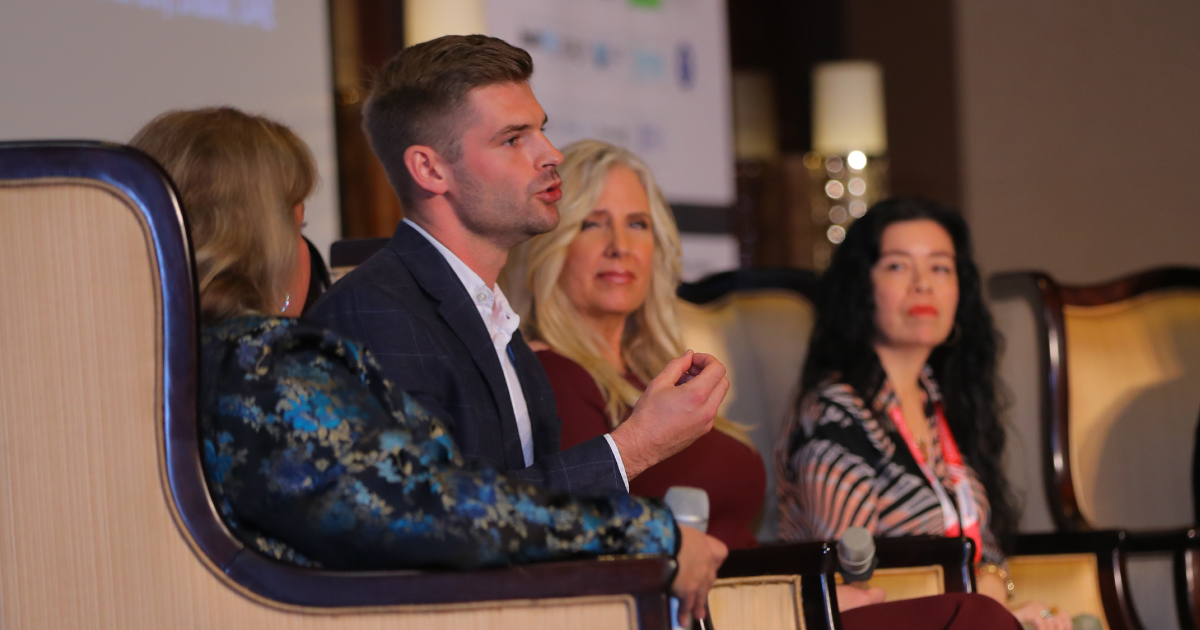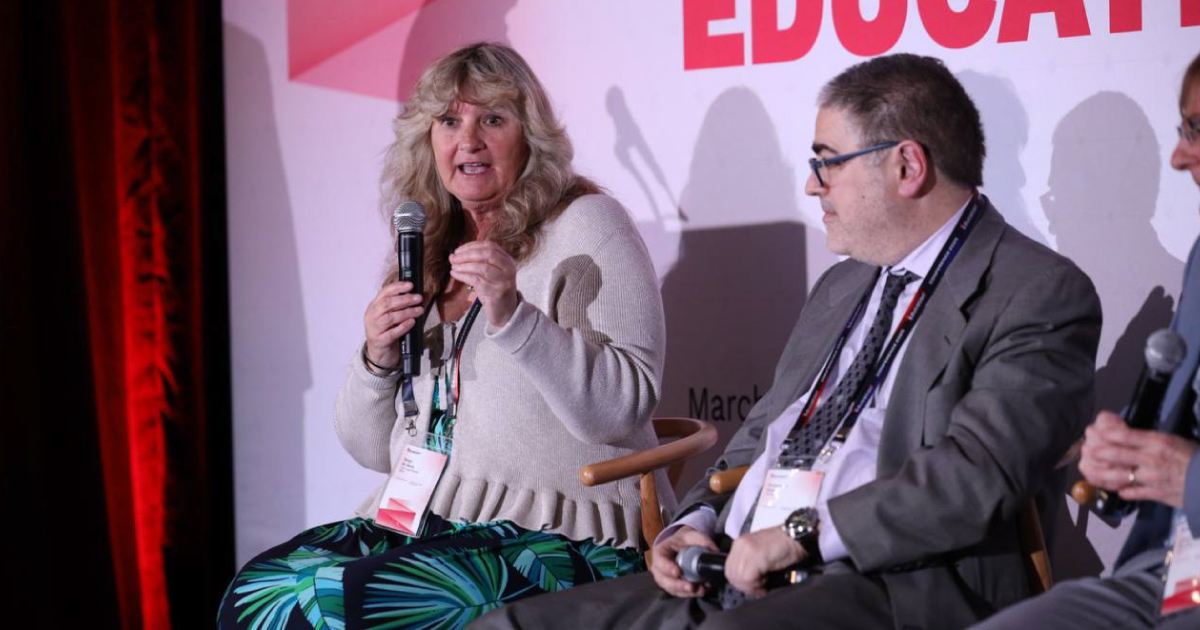Textbooks can be full of valuable information, but they often refer to gender in the most binary ways possible: male and female, boy and girl, husband and wife. This can create confusion for students who don’t identify as either gender or are questioning their identity, leading them to lose confidence in their ability to learn—resulting in lower grades and dropping out of school altogether.
As highlighted at post-COVID education events, to make our textbooks more inclusive, we need to look at how gender is constructed in our society, how it impacts us at an institutional level, and how we can begin deconstructing these issues through education.
Gender As A Social Construct
Most people are familiar with the gender binary, which is the idea that there are only two genders, male and female. However, this view is limited and doesn’t reflect the reality of gender diversity.
The truth is that humans come in all different shapes and sizes and identities; we can be masculine women or feminine men, or non-binary gendered individuals who identify as something other than a man or woman. There are many terms to describe those outside of the gender binary, including cisgender and transgender people.
We must acknowledge how society has been shaped by these assumptions about what it means to be male or female. As discussed at education conferences and events, such as the Education 2.0 Conference, teaching students about our shared responsibility for making a change can impact how they treat each other.
Teachers should challenge their own biases so that they do not become complicit in perpetuating systems of oppression. In addition, teachers should also recognize their role as leaders and support LGBTQ+ youth by providing them safe spaces to express themselves without fear of judgment.
But that’s not all; the need of the hour, according to post-COVID education events, is to go back to textbooks used daily in the classroom. Currently, most textbooks continue to present information in dichotomous boxes that reinforce the false binaries that exist within modern society.
Rather than promoting acceptance and inclusion of diverse genders, most erase the existence of anyone who does not fit into a heteronormative framework. And since young adults are more likely to read books from school, exposure to these texts may prevent some from developing a healthy sense of self.
What needs to happen next? A call for action! All teachers, administrators, policymakers, and publishers must work together to create equitable educational environments where everyone feels included and represented.
Examples Of Gender-Inclusive Language In Action
In post-COVID education events in the USA, there has been a push for more gender-inclusive language in textbooks. This is important because it can help create a more inclusive and welcoming environment for all students. Here are some examples of gender-inclusive language in action:
1. Instead of referring to he or she, use they.
2. Use neutral terms like “humanity” instead of “mankind.”
3. Use words that do not assume gender, such as firefighter, mail carrier, etc.
4. When referring to someone’s partner, use their partner rather than his/her partner.
5. If you need clarification on what pronouns someone prefers, ask them respectfully.
6. Think about how your language will affect your audience when determining whether or not to include gendered references in your writing.
7. Be mindful of how specific social contexts may make it difficult for people who identify outside the binary to navigate conversations about gender.
Gender-Inclusive Textbooks — A Necessity
For too long, our textbooks have taught students that there are only two genders- male and female. This is exclusionary to those who don’t identify as either gender. By making our textbooks more inclusive, we can provide a more accurate representation of the world around us and better support all students. Here’s how we can make textbooks more gender inclusive:
- Include people with diverse sexual orientations in photos or images in textbooks.
- Include images of men and women in a variety of roles, including not just “student” but also “educator” and “doctor.” If there are no visible female doctors or teachers in a textbook, how do we know that anyone can hold those positions?
- Use gender-neutral language. For example, instead of breadwinner, use primary earner.
- Include examples of family structures other than a cisgender mother, a father, and their children. Many textbooks still only show two-parent households with male or female parents and their biological children.
Conclusion – Isn’t It Time We Went Beyond The Binary?
It’s time for textbooks to accurately reflect the world we live in, as experts have stressed at education conferences and events. A world that includes people who identify as something other than male or female. A world that includes people who don’t identify with any gender. It’s time for textbooks to be more inclusive of the transgender community and everyone else who doesn’t fit into the gender binary.



